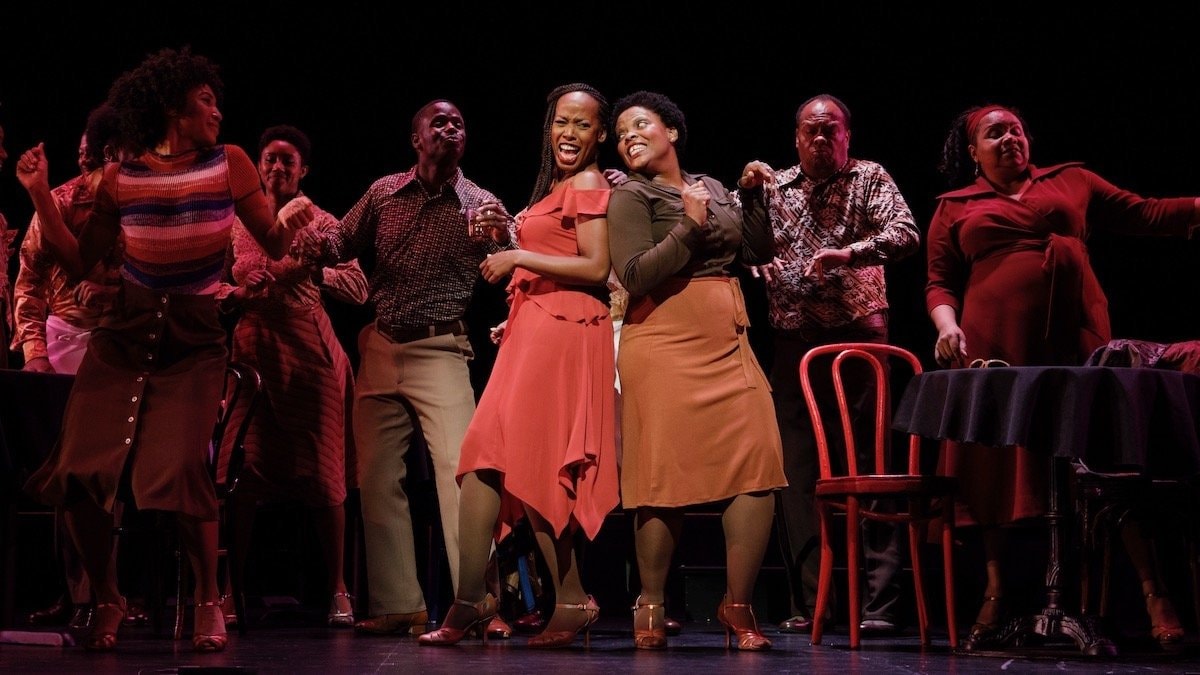
Madhuri Shekar, author of In Love and Warcraft (US/UK) and Queen (US/UK), among other plays, contributed this essay to Breaking Character in 2015. In celebration of AAPI Heritage Month, we’re sharing it again.
…
When the lovely people at Samuel French asked if I’d be interested in writing a blog post, they sent over a few prompts to get me thinking. One of the prompts was this:
How does the mainstream American audience respond to Asian American content? Is their perception changing?
I found these questions so interesting, but the thing is, there’s no way I can actually answer them. I’m way too early in my career, and how could we really know? What I can say is, however, I think about these questions a lot. I obsess about them. Because I want to have a career in the American Theatre. But like many writers of color, I fear that American Theatre doesn’t have much room for the stories I’m most interested in writing.
Now before we continue, please stop and read Melissa Hillman’s amazing post over at TCG about diversity and inclusion. In it, she makes the point that needs to be shouted from the rooftops – “American Theatre” is not just the LORTs. It’s not. Just thinking about the big theatres with the big money means we barely graze the surface of what’s being done by incredibly talented artists at indie theatres around the country.
But, like, Melissa observes, LORTs still have so much power and influence over the perception of what American Theatre is – what plays are good, what playwrights are hot. They have so much power in deciding which playwrights get work. The allure is quite strong.
So, when we say “mainstream” American audiences, we’re probably referring to LORT audiences, right? And I can say, from my limited experience so far, that they abso-effing-lutely are ready for new content, for stories beyond their immediate cultures and worlds. Like every other audience, they want to see something real, strong, and true with a clear voice and vision.
But at the same time, what’s really important to me is to bring South Asian audiences to the theatre. It’s important for me to write stories where my community can see themselves and their histories reflected on stage. It’s important for me to share with my community why theatre can be awesome, and why they should make it a habit in their lives. And building new audiences is a long-term process. The work needs to start now. To quote my one of my heroes, Joy Meads, “No matter how many audience engagement programs we have in our communities, if they don’t see themselves on stage, they won’t come.”
I believed our established audiences are eager for new work. I believe our new audiences will come if they have a reason to. Where I think the delay is happening is with artistic leadership and theatre criticism. Even as theaters take a “risk” and program not just playwrights of color, but plays that privilege the perspectives of characters of color, mainstream theatre criticism can sometimes drop the ball.
Please read, for instance, the recent controversy surrounding the Chicago Sun-Times and the Chicago Tribunes’ reviews of This is Modern Art.
The many problems with Charles Isherwood’s review of Rasheeda Speaking.
The references in this brilliant HowlRound piece by Mike Lew.
Or you know, just talk to a playwright of color, because we’ve all got stories.
I’ve had two productions of my play In Love and Warcraft and A Nice Indian Boy – both were written in my MFA program, both have had nearly concurrent productions. While more critical reviews of In Love and Warcraft have focused on issues of character development, plot, structure – actual weaknesses in an early-career play – critical reviews of A Nice Indian Boy tend to start with the premise of “Haven’t we seen this before?” And that’s harmful.
South Asian audiences need to see stories – familiar stories – but where the specifics ring true to us and our unique experiences. But the hope is also that we’re not excluding anyone else in the process – we want diverse audiences to sit in the theatre with us, and live in our world for a little bit. It is important that writers of color and audiences of color are given this essential space to start – it is also important that we not be told what sort of theatre we should be creating.
If theatre criticism can try a little harder with playwrights of color – if artistic directors can see how audiences are ready – perceptions will change across the board for the better. I can’t see why they wouldn’t.
…
For more information about Madhuri Shekar and her plays, visit the Concord Theatricals website in the US or UK.

The Truth Behind… The Normal Heart

Musical Revues

